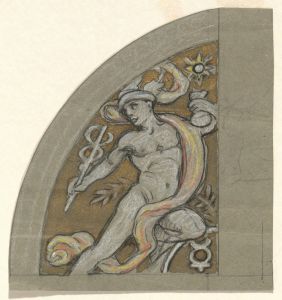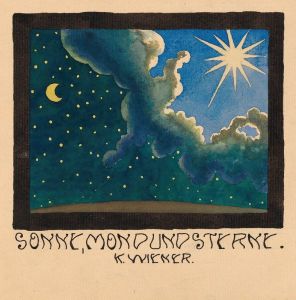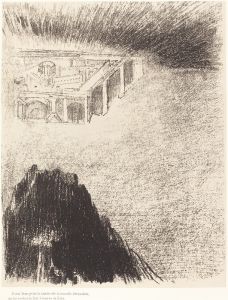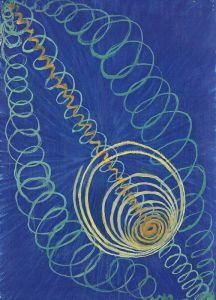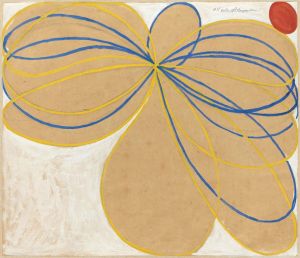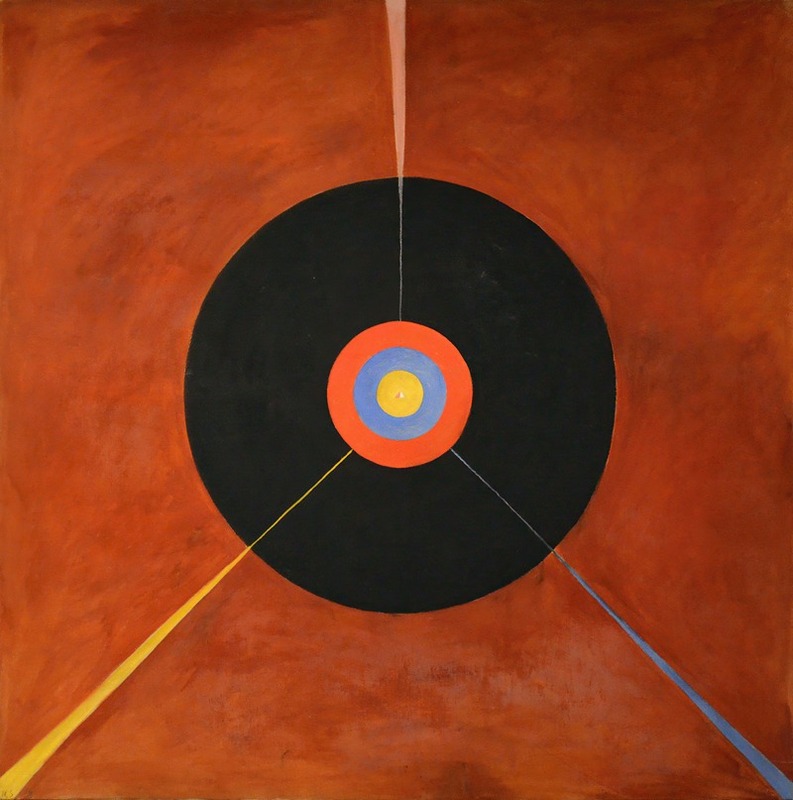
The Swan, No. 18
A hand-painted replica of Hilma af Klint’s masterpiece The Swan, No. 18, meticulously crafted by professional artists to capture the true essence of the original. Each piece is created with museum-quality canvas and rare mineral pigments, carefully painted by experienced artists with delicate brushstrokes and rich, layered colors to perfectly recreate the texture of the original artwork. Unlike machine-printed reproductions, this hand-painted version brings the painting to life, infused with the artist’s emotions and skill in every stroke. Whether for personal collection or home decoration, it instantly elevates the artistic atmosphere of any space.
Hilma af Klint's painting "The Swan, No. 18" is part of a larger series known as "The Paintings for the Temple," which she created between 1906 and 1915. Hilma af Klint was a Swedish artist and mystic whose work is now considered to be among the first examples of abstract art. Her series "The Swan" consists of several paintings that explore duality, transformation, and spiritual evolution, themes that were central to af Klint's artistic and philosophical inquiries.
"The Swan, No. 18" is a striking example of af Klint's use of symbolic imagery and vibrant colors to convey complex spiritual concepts. The painting features abstract forms that suggest the presence of swans, a motif that af Klint used to symbolize the merging of opposites and the journey towards unity and enlightenment. The swan, in many cultures, is a symbol of grace, beauty, and transformation, which aligns with af Klint's interest in theosophy and spiritualism.
Hilma af Klint was deeply influenced by her involvement in spiritual movements of the time, including Theosophy and Anthroposophy, which sought to explore the connections between the material and spiritual worlds. Her work was largely private during her lifetime, as she believed that the world was not yet ready to understand her art. She stipulated that her paintings should not be shown until at least 20 years after her death, a wish that was respected, leading to a delayed recognition of her contributions to abstract art.
The composition of "The Swan, No. 18" reflects af Klint's innovative approach to abstraction, characterized by geometric shapes, bold lines, and a harmonious color palette. Her use of symmetry and balance in the painting suggests a sense of order and harmony, which is reflective of her spiritual beliefs. The painting is part of a series that gradually transitions from more representational forms to increasingly abstract compositions, illustrating af Klint's exploration of the spiritual journey from the physical to the metaphysical.
Af Klint's work, including "The Swan, No. 18," was largely unknown to the art world until the late 20th century. Her paintings were first exhibited in public in 1986, long after her death in 1944, and have since been recognized for their pioneering role in the development of abstract art. Her work challenges the traditional narrative that places artists like Wassily Kandinsky, Piet Mondrian, and Kazimir Malevich at the forefront of abstraction, as af Klint's abstract compositions predate theirs by several years.
Today, Hilma af Klint is celebrated as a visionary artist whose work transcends conventional artistic boundaries. Her paintings are housed in various collections and have been the subject of numerous exhibitions worldwide, contributing to a reevaluation of the history of modern art. "The Swan, No. 18" remains a testament to her innovative spirit and her quest to express the unseen dimensions of existence through art.





